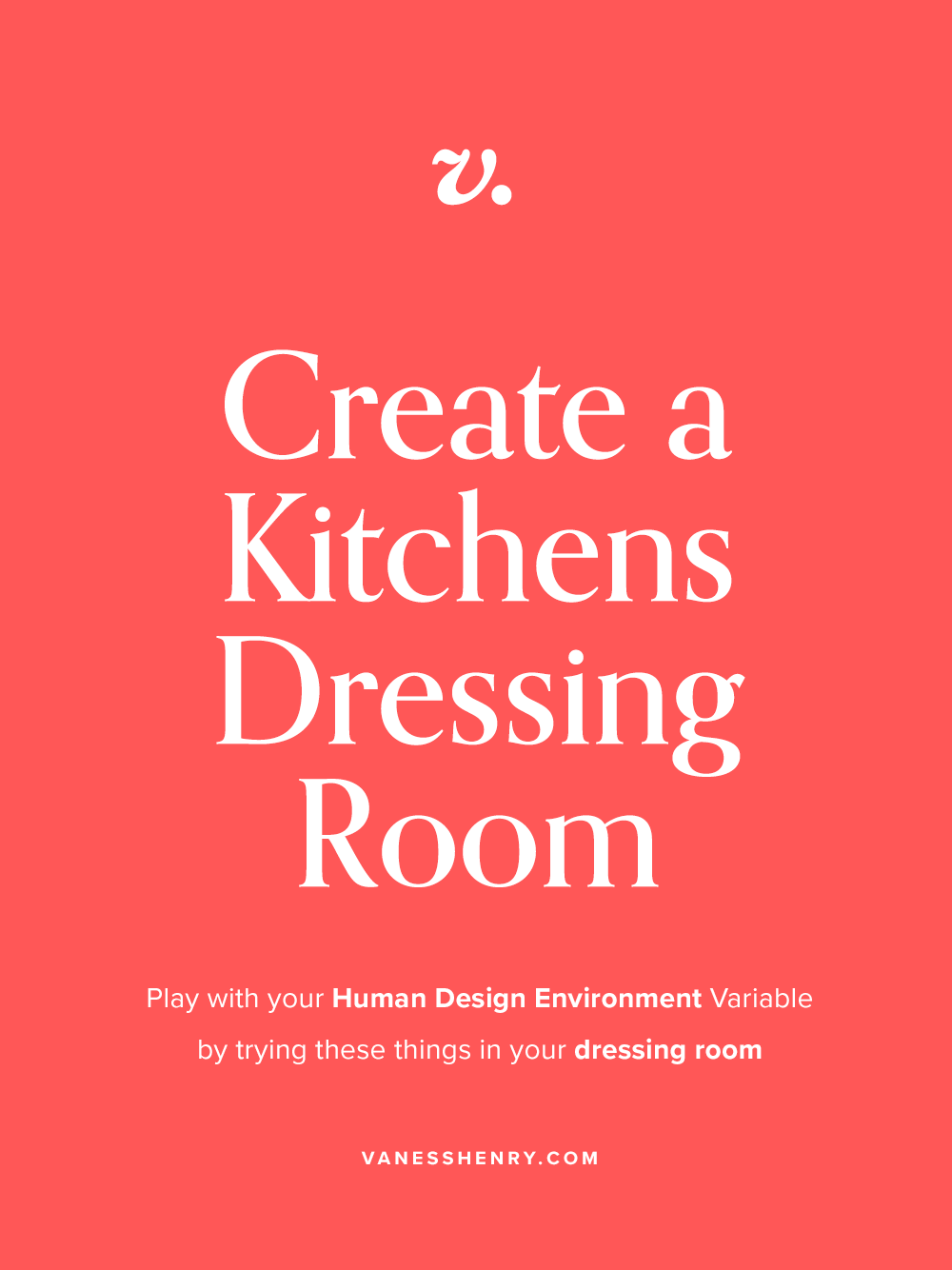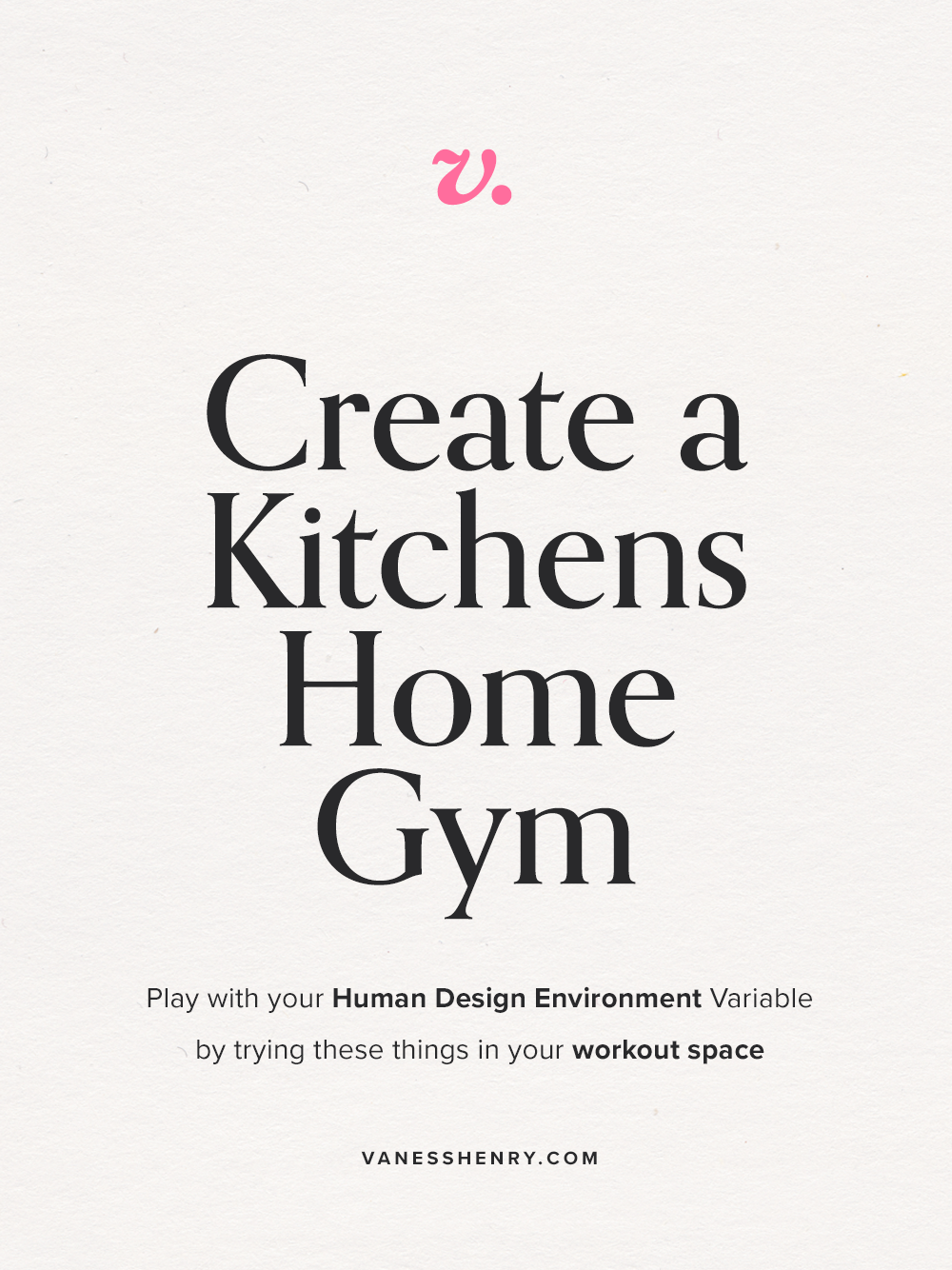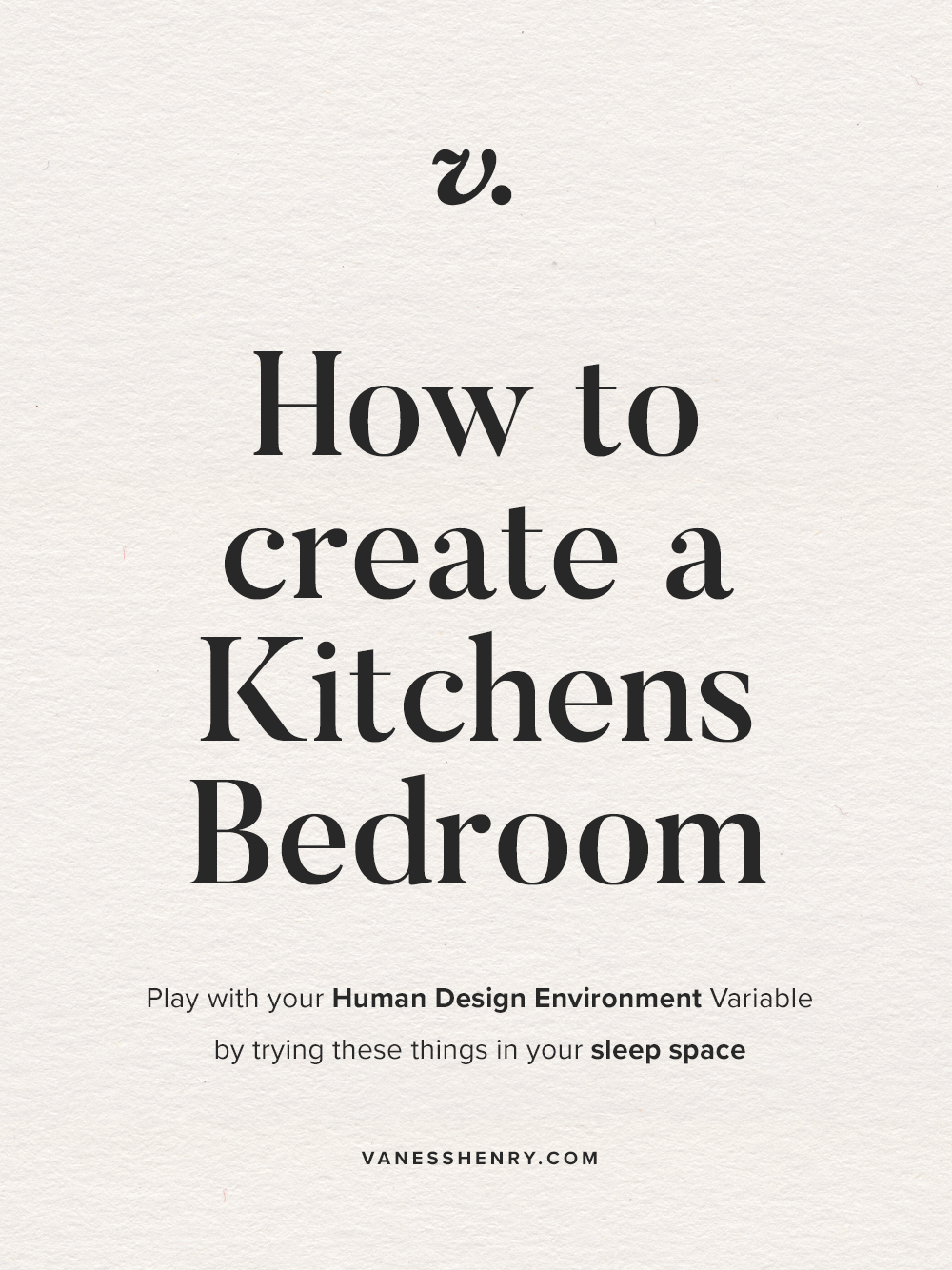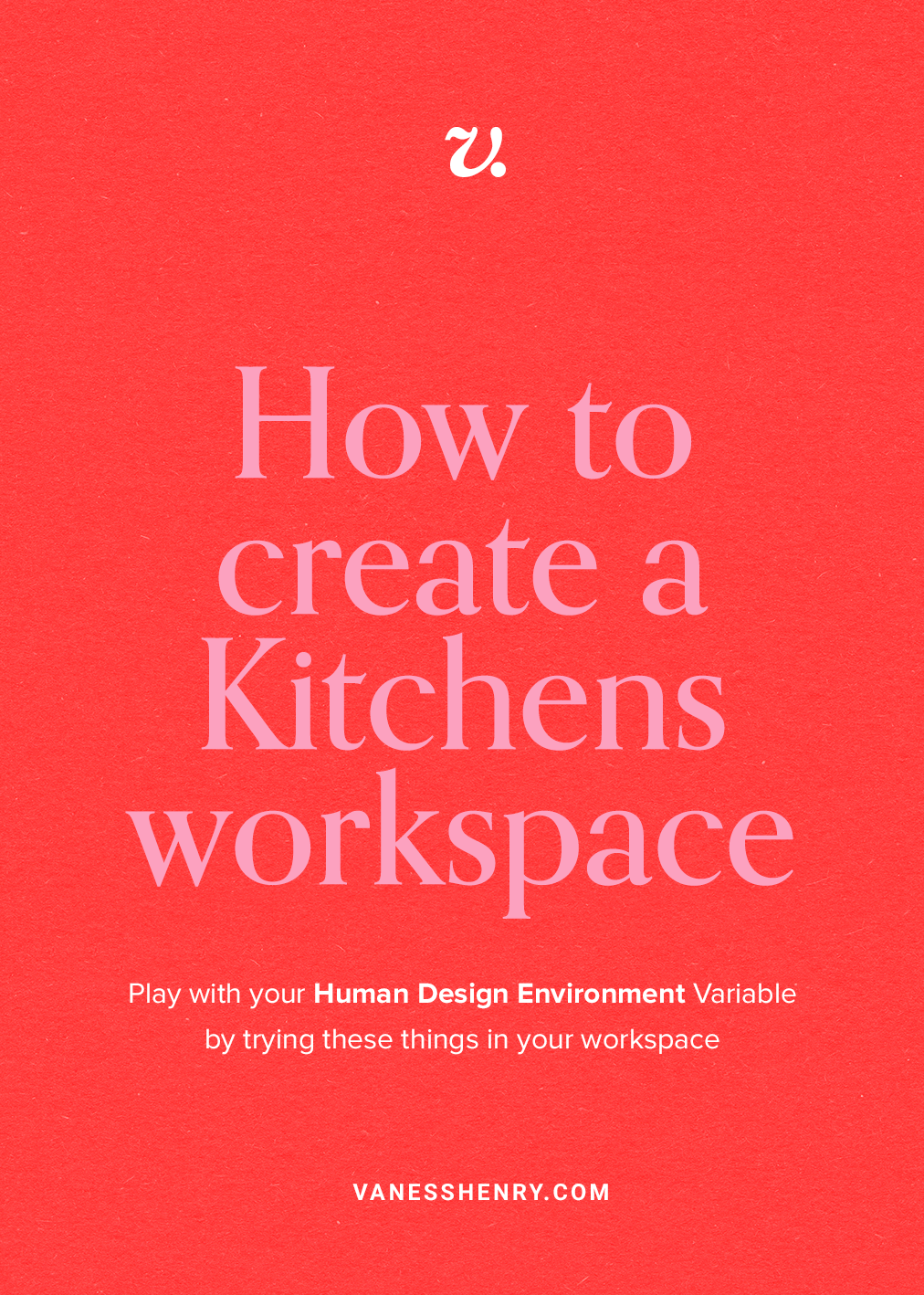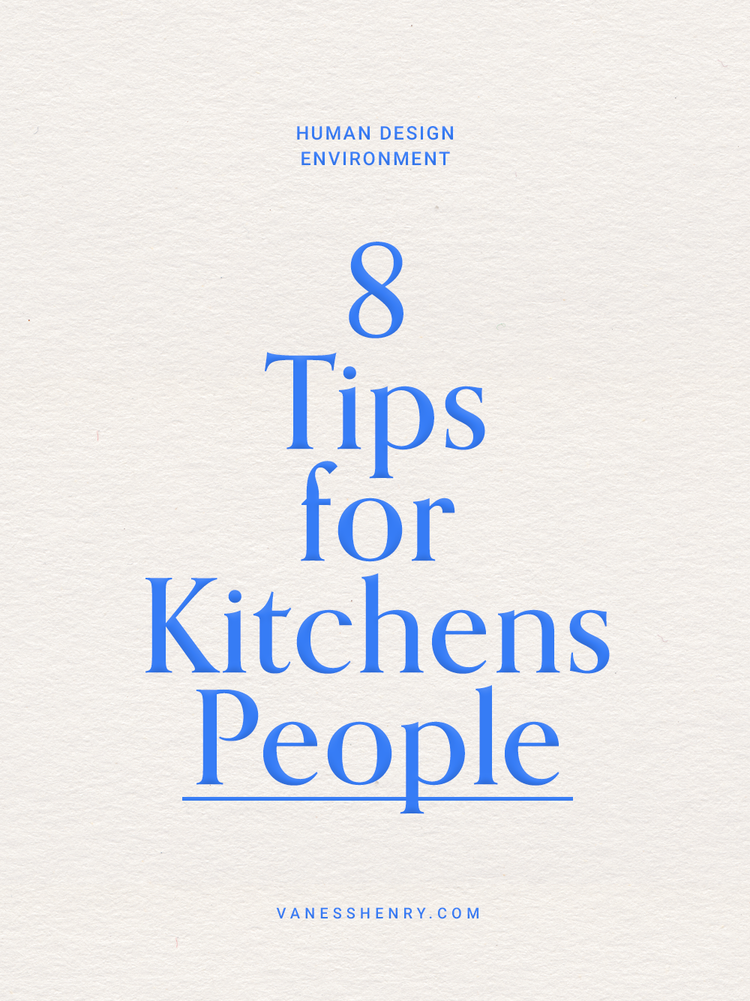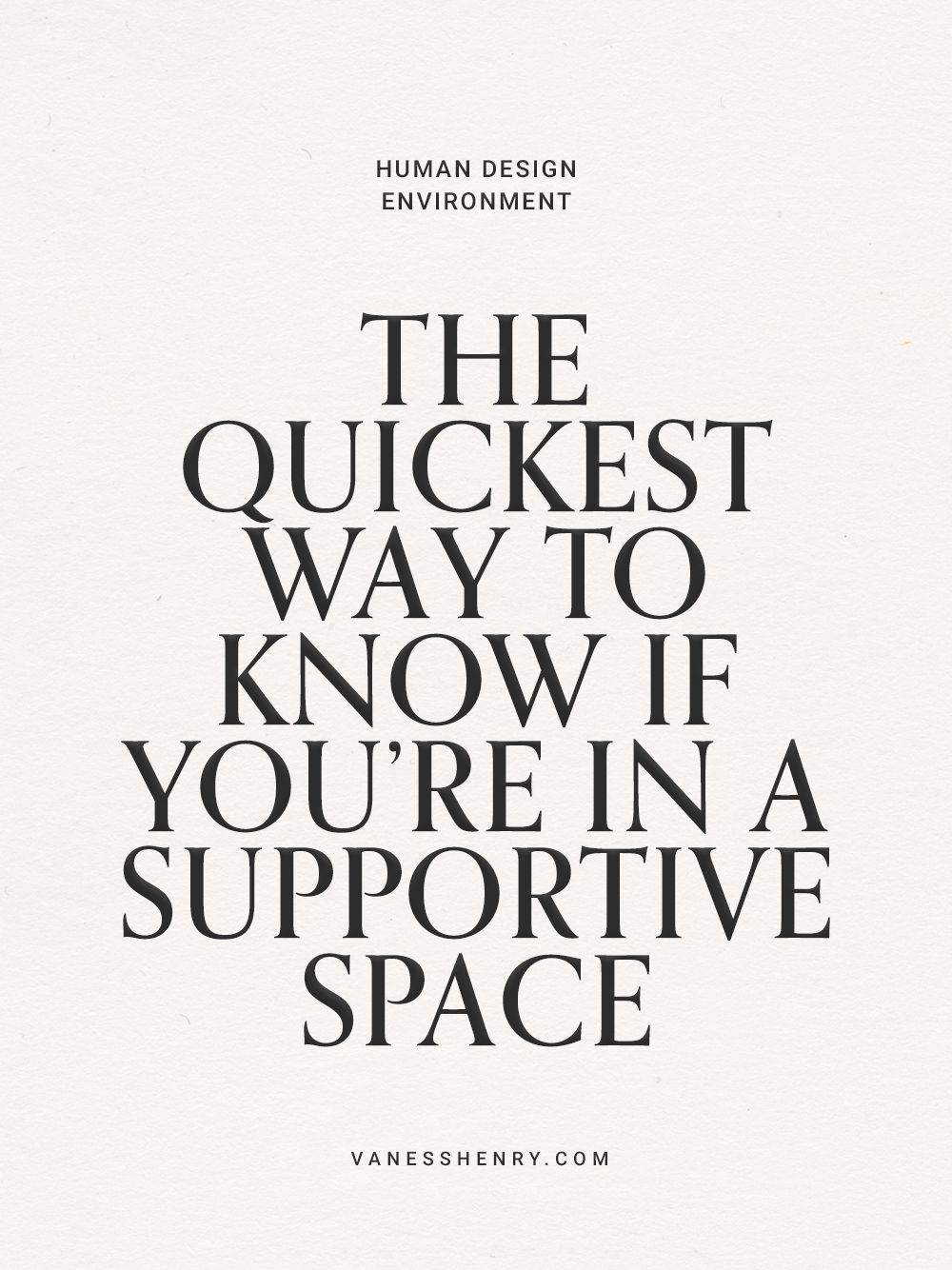How to create a Garden for your Kitchens Environment
Each of the six classic Human Design environments can be found everywhere.
Caves, Markets and Kitchens People resonate with a hardscape; these are man-made areas that define a particular space.
For example, having a yard with a fence around the perimeter creates a defined hardscape — better for Caves, Markets and Kitchens.
Mountains, Valleys and Shores people resonate with a landscape; this is more formless and changeable than the hardscape as energy around a space can shift and change with time.
For example, let’s say there are a series of break-ins in your community, this would affect hardscape and landscape people differently. The landscape group is more sensitive to the changes in the wider community than hardscape people.
Of course, while these changes may still bother the hardscape people — no one likes a break-in! — it’s important to note it could affect the landscape group in a different way. Landscape and Hardscape environments are sensitive to different things.
In Landscape Feng Shui principles, looking for the four celestial creatures in the land masses around you depicts an auspicious environment. Learning to read the wider surroundings around your home using this form of Feng Shui might be a fun practice, particularly for Mountains, Valleys and Shores people — although everyone can benefit!
Check out this post to read about how finding the four Celestial Creatures around your home can bring auspiciousness.
Have a hub
When you’re looking at the space available to you, consider if there is a way you could design a gardening hub; a place where everything comes together. Maybe your garden is in the middle of the yard. Maybe all the potted plants are gathered together on an outdoor table — all together in the best sunlight! Wherever you set up, consider creating a primary zone that acts as your main gardening area.
Try groupings
Gather plants together in bunches or groupings. If you have a bunch of potted plants, organize them together in groups rather than having singles spread out everywhere. Creating little zones and little gatherings of energy creates hot-spots in your environment — giving you little spots to check in on.
Grow something trendy
What’s the-in-cocktail this season? Can you grow some of the required ingredients yourself? Is everyone making DIY rose face masks? Grow a romantic little rose garden. What’s the trendy plant — hemp? Mushrooms? Something else? Whatever the people are talking about, consider growing your own. Notice what you’ve been wanting to try!
Emphasize ingredients
What are some of your favourite meals? If you’re a spaghetti family, can you go HAM on a flourishing tomato garden? Are you a Salad Queen? Grow those lettuce bunches everywhere like they are flowers. Maybe you have a signature lemon and lavender cupcake: I KNOW you can grow lavender — and that lemon tree can come indoors if need be! What do you love to make? Grow your ingredients yourself.
Add a fire element
Whether that’s a cute bonfire, table top candles, or a barbecue, bring the alchemical element of fire to your kitchens garden — a place where things can be destroyed, cooked or burned.
Grow bright colours
The Kitchen Environment always has a lot of stimulating things in it. Consider growing colourful plants, or plants with diverse foliage. Even better if you attract different birds, bees and insects to your bright hub! Grow as many diverse, colourful items as possible!




